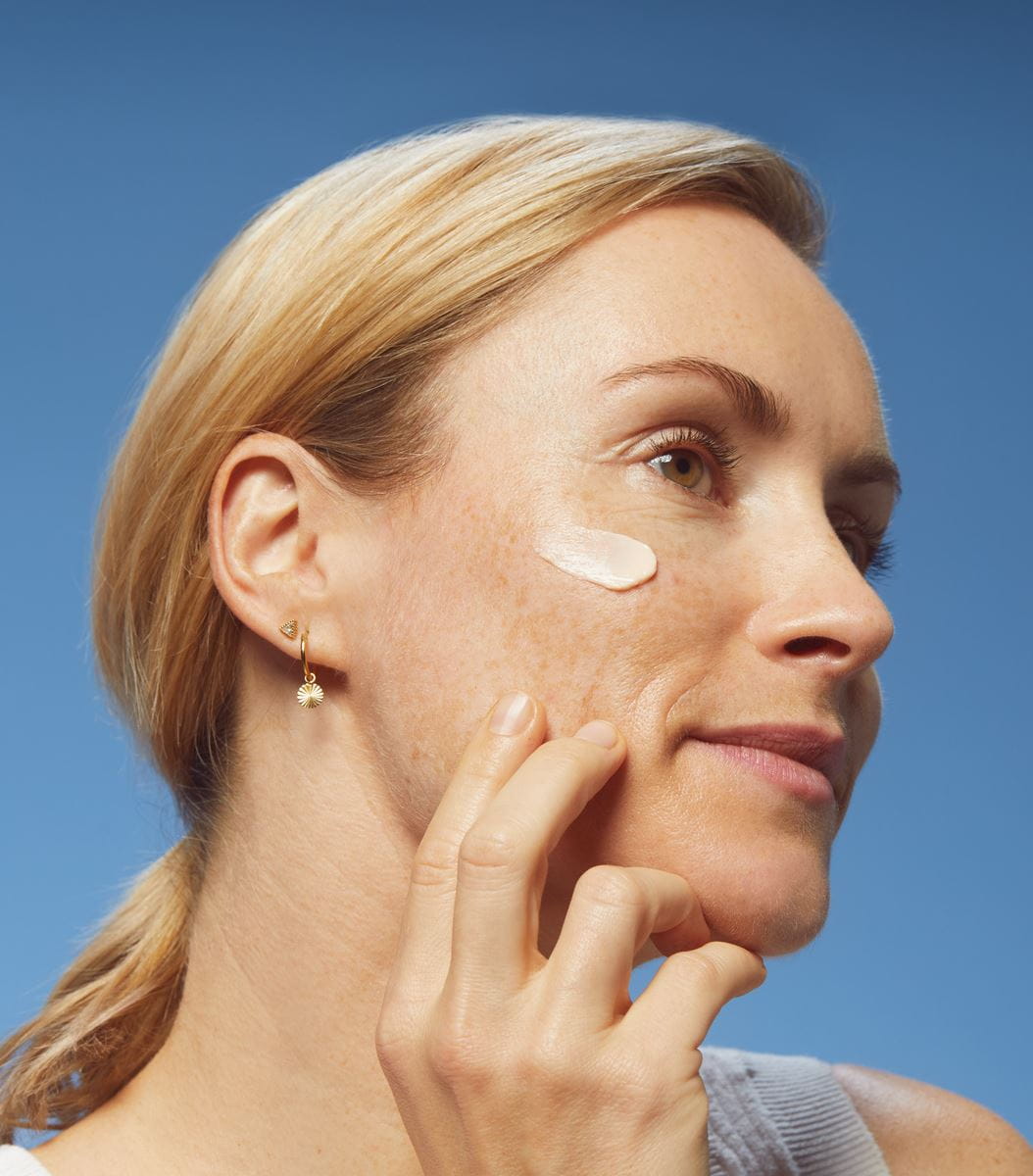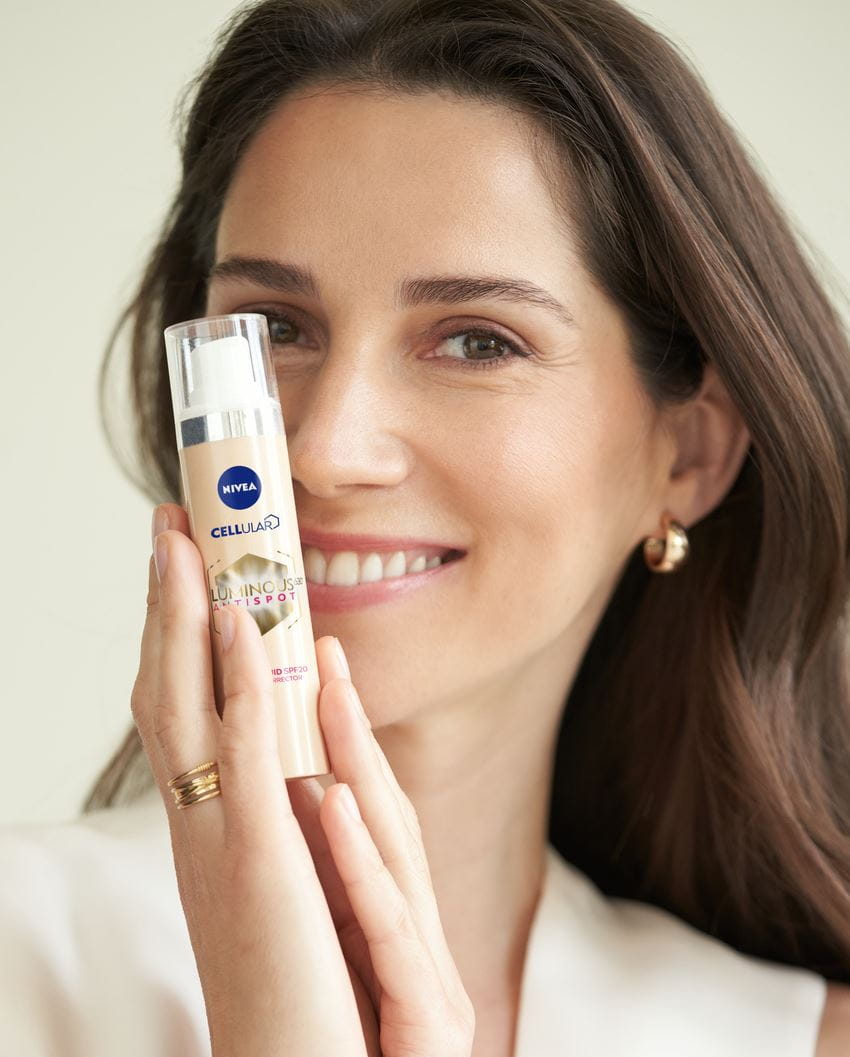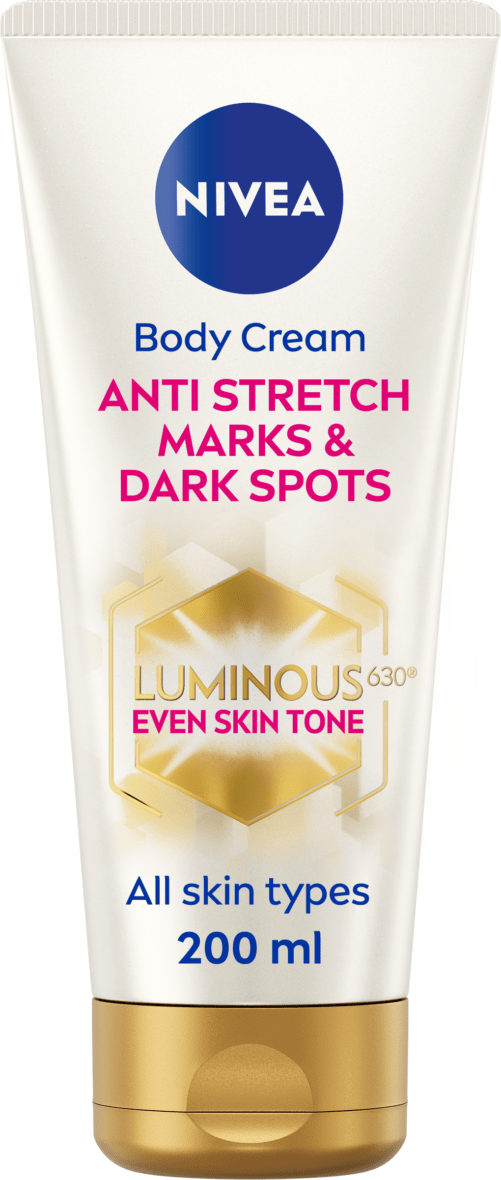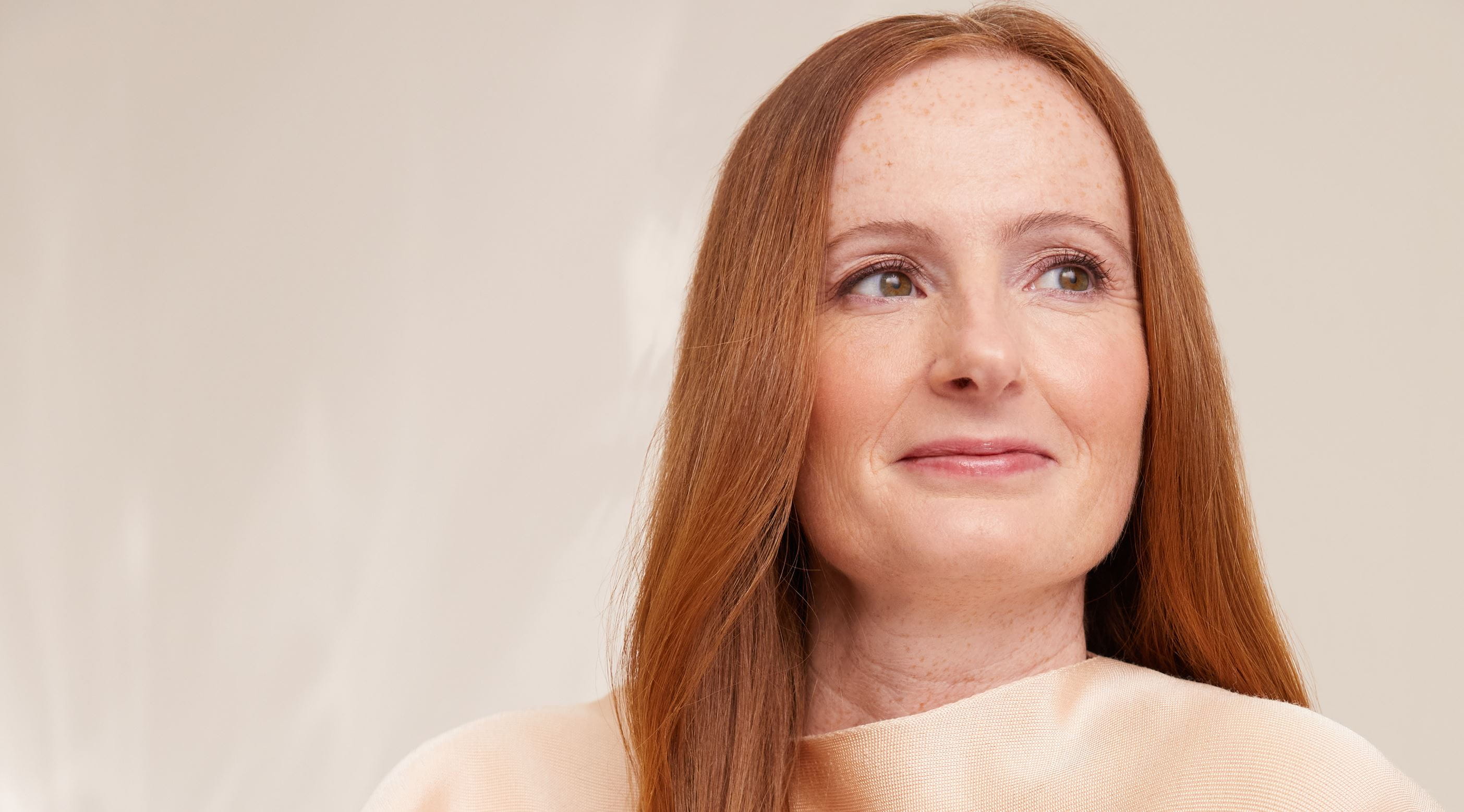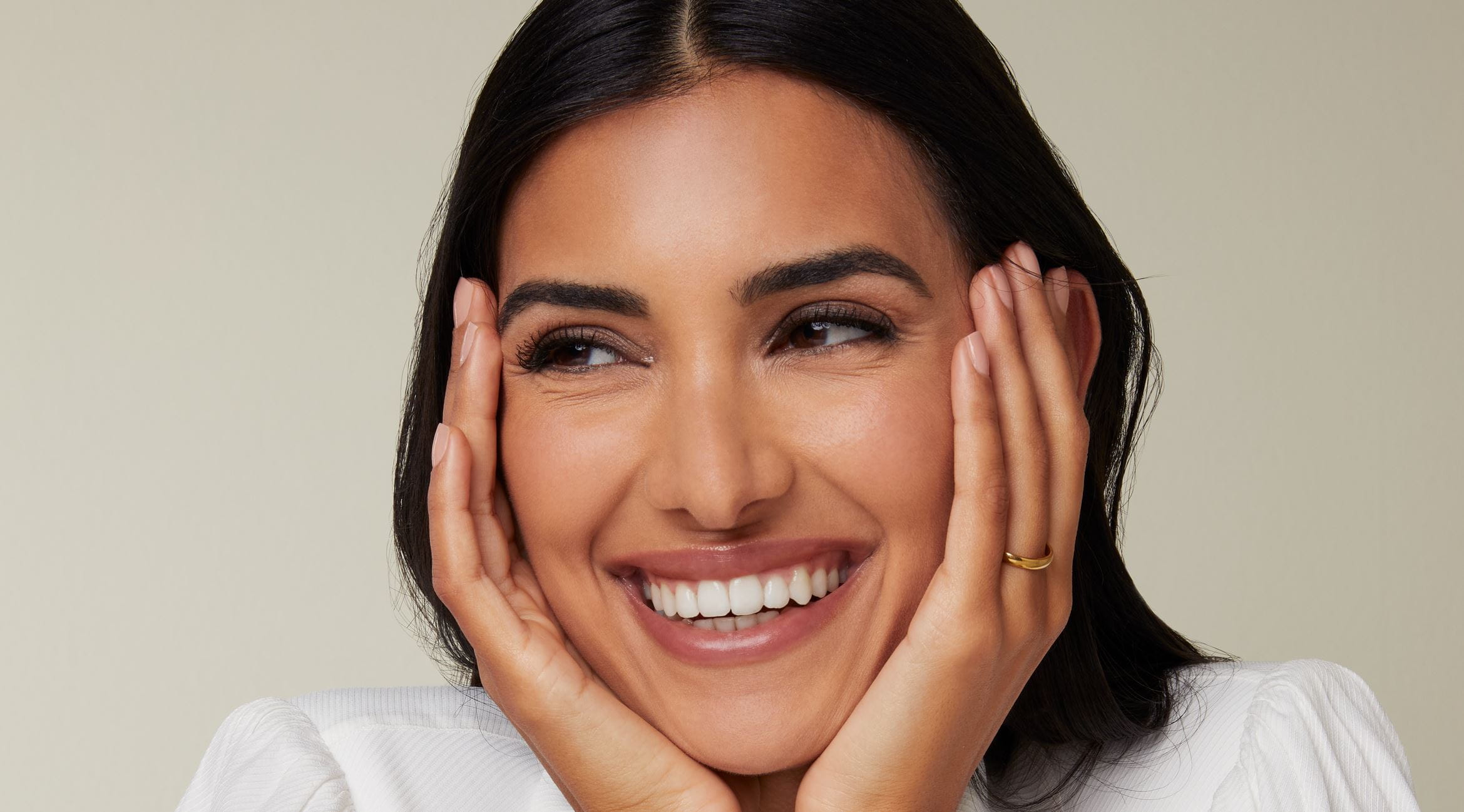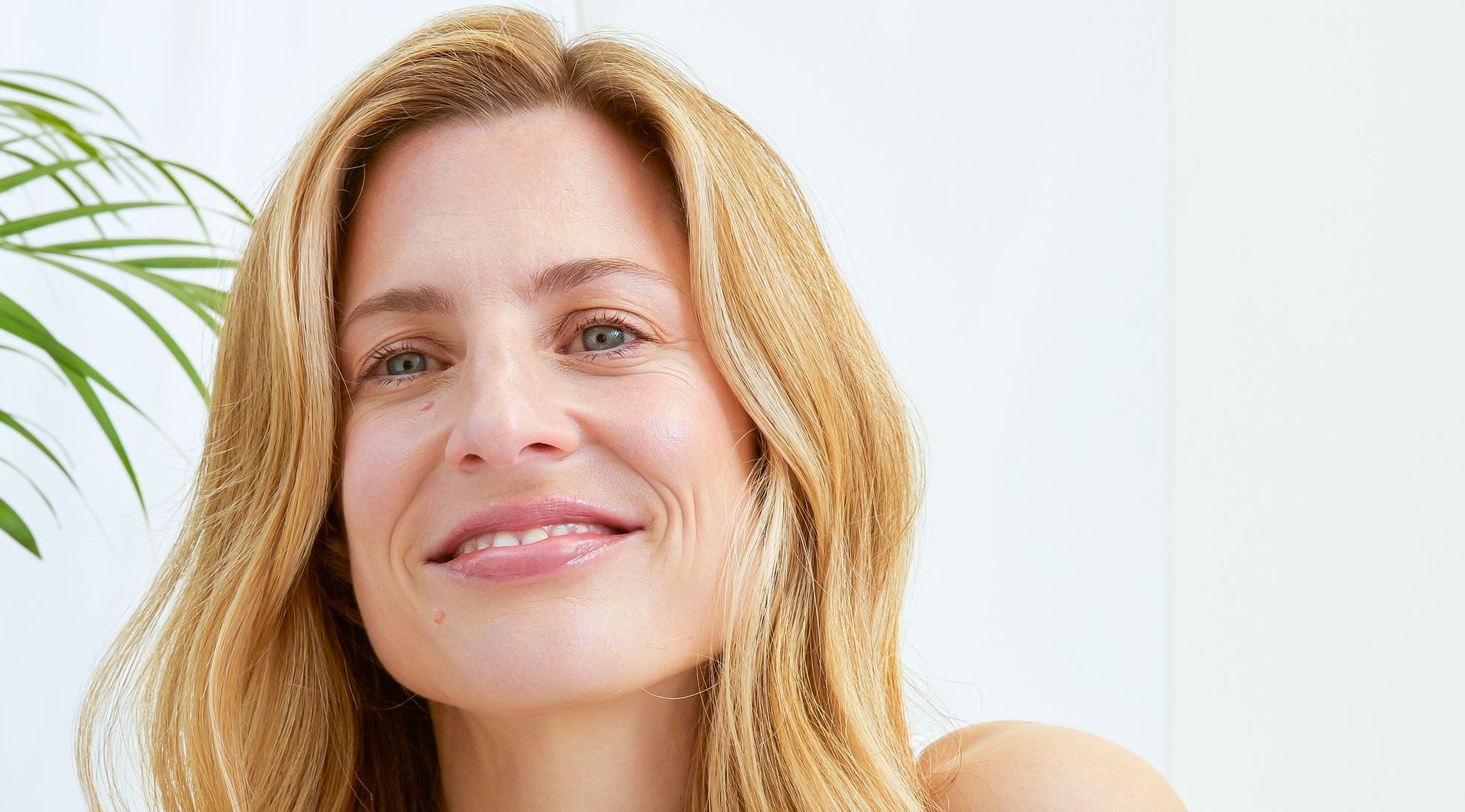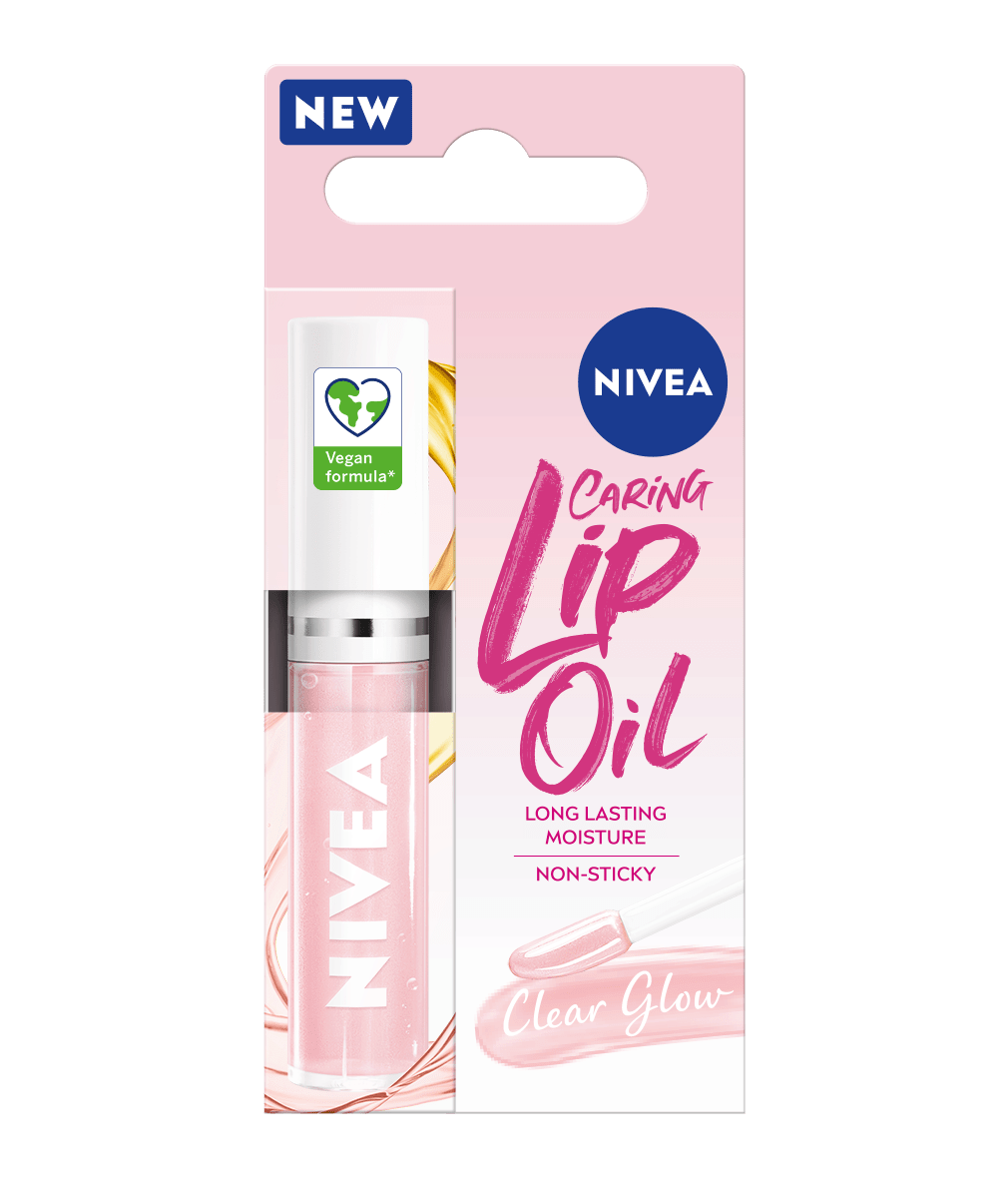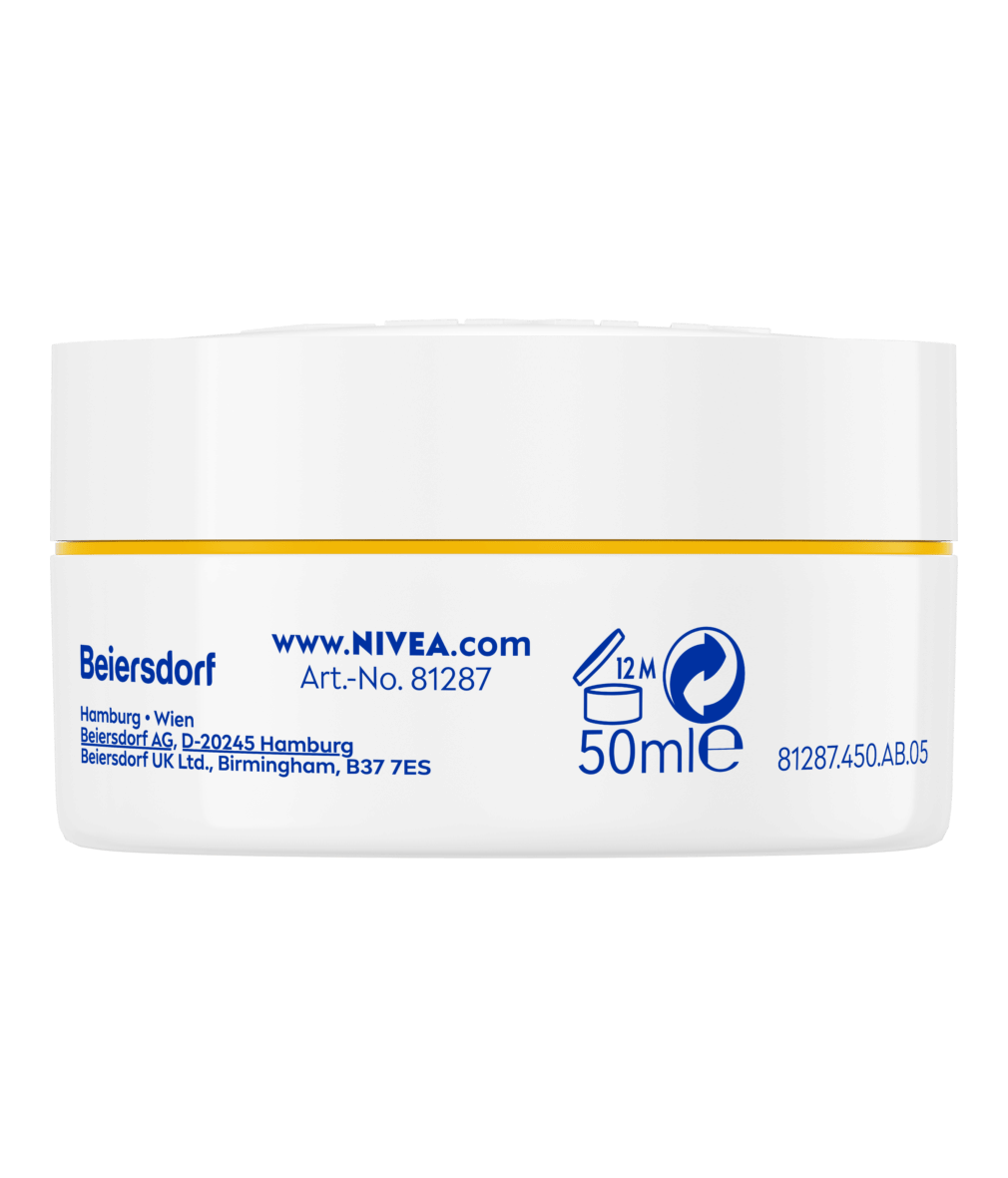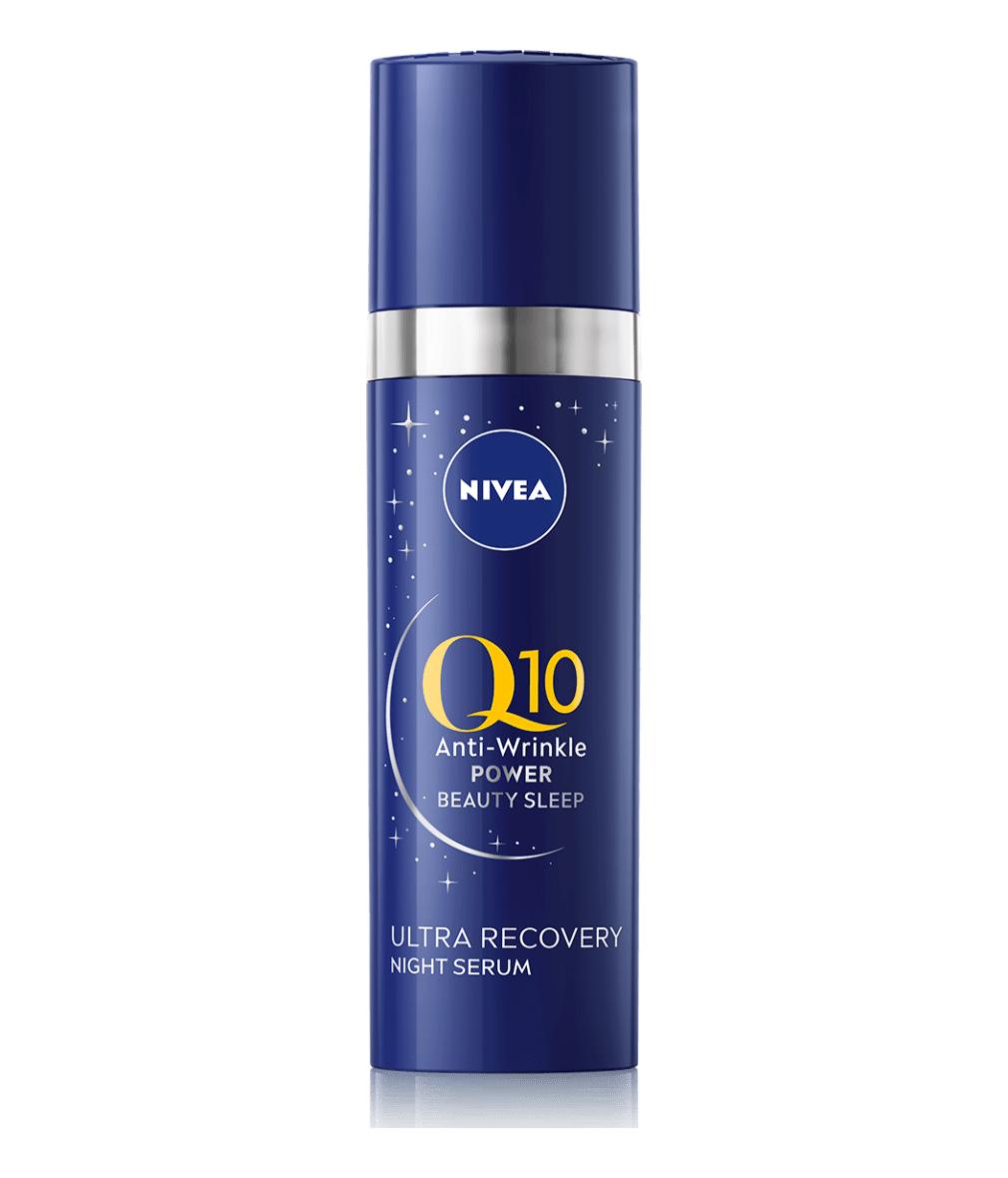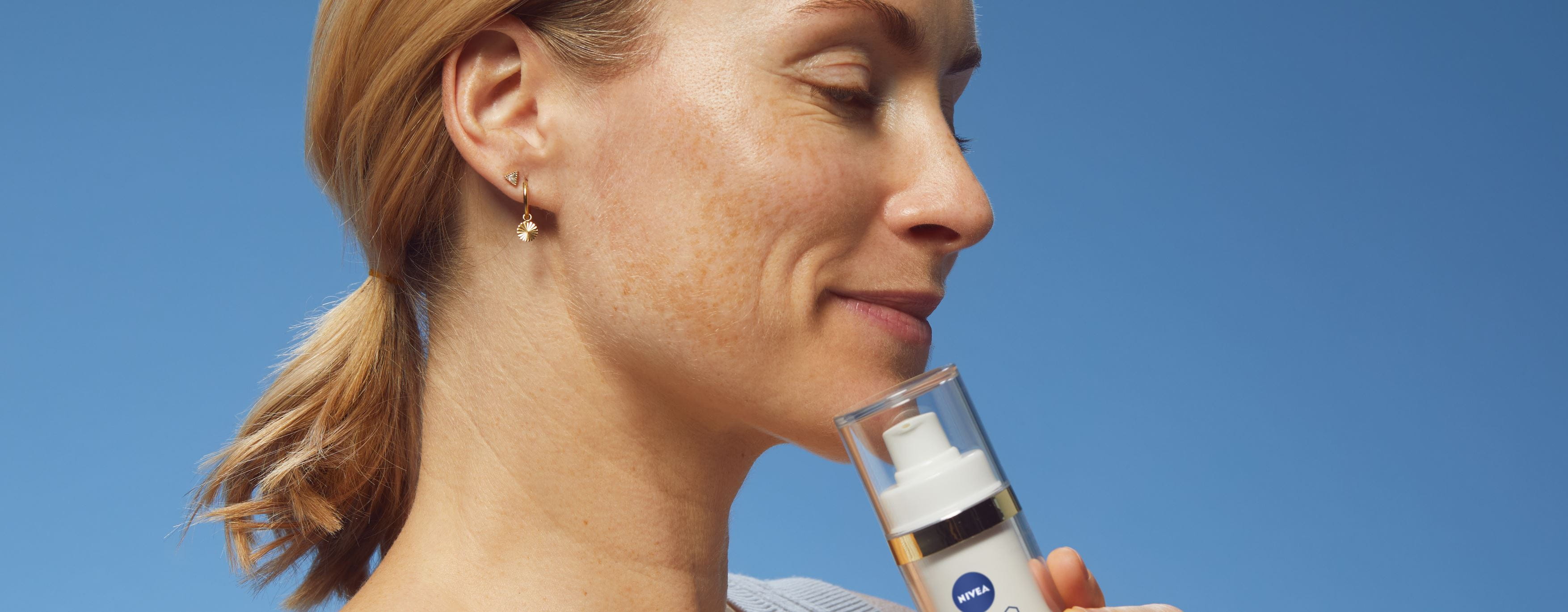
How to get rid of sun spots
The ultimate guide on sun spots, discover everything you need to know about sun spots, their causes & how can they be prevented.
What are sun spots?
Sun spots, also known as solar lentigines, are darkened areas on the skin caused by prolonged exposure to the sun's ultraviolet (UV) rays. These flat, brown, or black spots typically develop on areas of the skin that receive the most sunlight, such as the face, hands, shoulders, and arms.
Sun spots are a result of the skin's natural defence mechanism against UV damage, leading to an overproduction of melanin - the pigment responsible for skin colour. While generally harmless, these spots can be annoying, emphasising the importance of sun protection and skincare to prevent their formation.
Sun spots are a result of the skin's natural defence mechanism against UV damage, leading to an overproduction of melanin - the pigment responsible for skin colour. While generally harmless, these spots can be annoying, emphasising the importance of sun protection and skincare to prevent their formation.
6 places you can find sun spots
Where do sunspots develop on the body?
Sun spots predominantly develop on areas of the body that receive regular exposure to sunlight. Here's a list of places you might find sun spots on your body:
4 causes of sun spots
What causes sun spots?
Understanding the causes behind the development of sun spots is crucial for effective skincare. Here are 4 causes of sun spots:
4 ways to prevent sun spots
How to prevent sun spots
Preventing sun spots involves adopting sun-safe practices to minimise exposure to harmful ultraviolet (UV) rays. Here are effective ways to prevent sun spots:
6 ways to help get rid of sun spots
While it's challenging to completely eliminate sunspots, there are several methods that may help reduce their appearance. Here are six approaches:
Skin care routine to reduce sun spots
NIVEA takes a proactive approach to skincare, offering a comprehensive routine crafted to address and prevent various skin concerns, including both dark spots and sun spots. Dark spots and sun spots both involve changes in skin colouration due to an accumulation of melanin, but they can be triggered by different factors.
Here's a suggested sun spots routine using NIVEA products:
Here's a suggested sun spots routine using NIVEA products:
Facts Overview
Sun spots facts
Sun spots elsewhere on your body?
What is Thiamidol and why is it good for sun spot?
Summary
Sun spots at a glance
Sun spots, or solar lentigines, are pigmented patches on the skin caused by prolonged exposure to the sun's UV rays. While generally harmless, they can affect the overall appearance and radiance of the skin. By adopting protective measures, such as regular sunscreen use, wearing protective clothing, and following a dedicated skincare routine, people can effectively minimise the risk of sun spot development and maintain healthy, youthful-looking skin.
